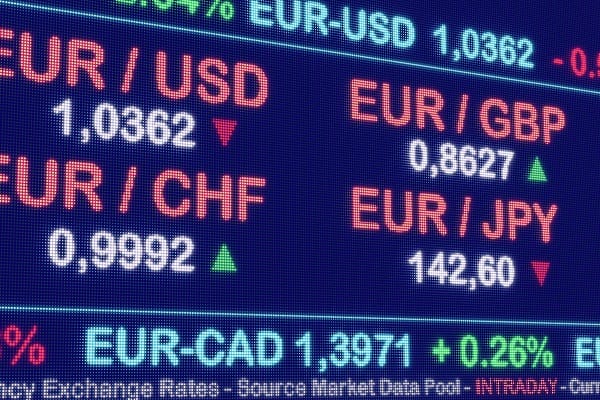Bussiness
Euro dollar awaits clear incentives

The EUR/USD pair tested the 1.0750 level again to begin Wednesday’s trading near 1.0740, as markets seek signals for a clear direction.
Risk appetite has diminished after Federal Reserve officials cautioned against hopes for near-term interest rate cuts, yet markets still price in at least two cuts in 2024, with the first expected in September.
European retail sales also rebounded more than expected yesterday by 0.8% compared to the previous month in March, but the euro remained sluggish, and the EUR/USD pair failed to push upwards to reach 1.0790.
Thus, German industrial production will serve as today’s key European data. Limited market reaction is expected, with forecasts indicating a seasonal-adjusted decline in German industrial production for March, by around -0.6% compared to 2.1% in the previous month. This is negative for the pair’s trading.
From my perspective, the daily rebound of the US dollar (USD) caused new fluctuations in the markets and prompted the EUR/USD pair to give up some of its gains that lasted for four sessions. Once again, the pair failed to retest or surpass the pivotal area at 1.0800, which represents the weekly price pivot points.
It is worth noting that during the Federal Reserve meeting, the committee reiterated its readiness to adjust interest rates while expressing concerns about inflation and potential risks to economic stability. The central bank hinted at a slowdown in the pace of fiscal easing, while Federal Reserve Chair Jerome Powell suggested that the next monetary policy move is unlikely to involve raising interest rates.
Therefore, I expect the current weakness of the US dollar to be temporary due to deferred expectations of the Federal Reserve cutting interest rates later in the year. At the same time, the monetary policy climate remains unchanged, highlighting the contrast between the Federal Reserve and other central banks in the Group of Ten, especially the European Central Bank.
Recent statements from European Central Bank officials have hinted at the possibility of the bank starting its easing cycle in June, raising expectations for three interest rate cuts (equivalent to 75 basis points) for the remainder of the year. Doubts are still growing about the central bank’s potential subsequent decisions during this year.
Looking ahead, I believe that relatively weak economic fundamentals in the euro area, along with the resilience of the US economy, reinforce expectations for the dollar’s strength over the medium term, particularly with the increasing likelihood of the European Central Bank cutting interest rates long before the Federal Reserve. This means that further weakness in the EUR/USD pair remains a possibility in the medium term.










